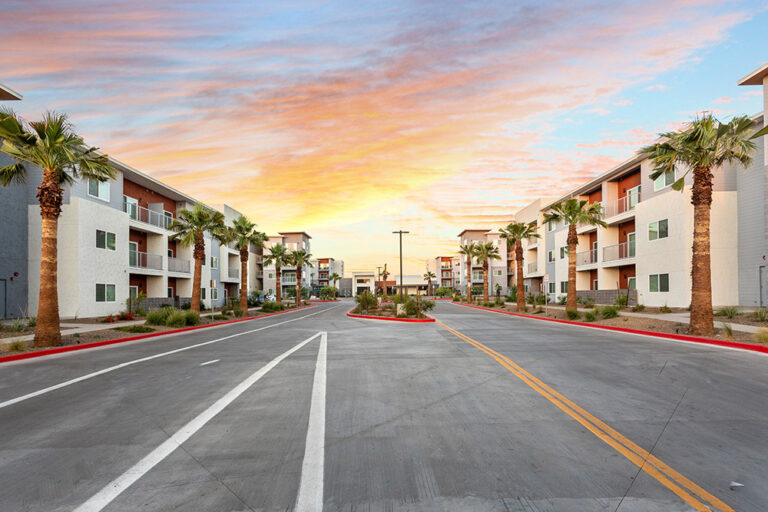By National Association of Home Builders
Confidence in the market for new multifamily housing was in negative territory for the third quarter, according to results from the Multifamily Market Survey released by the National Association of Home Builders.
The MMS produces two separate indices. The Multifamily Production Index had a reading of 38—well below the break-even point of 50—for the third quarter while the Multifamily Occupancy Index reading was 82.
The MPI measures builder and developer sentiment about current production conditions in the apartment and condo market on a scale of 0 to 100. The index and all its components are scaled so that a number below 50 indicates that more respondents report conditions are poor than report conditions are good.
The MPI is a weighted average of four key market segments: three in the built-for-rent market (garden/low-rise, mid/high-rise and subsidized) and the built-for-sale (or condominium) market. In the third quarter, sentiment about production of mid/high-rise apartments was weaker than the other market segments. The component measuring garden/low-rise units had a reading of 45, the component measuring mid/high-rise units had a reading of 28, the component measuring subsidized units had a reading of 39 and the component measuring built-for-sale units had a reading of 32.
Although the re-designed MPI is too new to compare quarter-to-quarter changes, a separate question on the survey indicates that the multifamily market has deteriorated noticeably since the second quarter. In answering that question, 33% of multifamily developers said overall market conditions for multifamily were worse in the third quarter, compared to only 5% who said it was better.
The MOI measures the multifamily housing industry’s perception of occupancies in existing apartments on a scale of 0 to 100. The index and all its components are scaled so that a number above 50 indicates more respondents report that occupancy is good than report it is poor.
The MOI is a weighted average of three built-for-rent market segments (garden/low-rise, mid/high-rise and subsidized). In the third quarter, sentiment about occupancy in mid/high-rise apartments was weaker than the other market segments. The component measuring garden/low-rise units had a reading of 84, the component measuring mid/high-rise units had a reading of 74 and the component measuring subsidized units had a reading of 89.
“High operating costs are creating problems for existing properties, especially affordable properties, and the cost and reduced availability of credit is making it difficult to finance new projects,” said Lance Swank, president and CEO of Sterling Group, Inc. and chairman of NAHB’s Multifamily Council. “It should also be noted that the garden/low-rise market is doing much better than the mid/high-rise market, both in terms of construction and occupancy rates.”
This is consistent with NAHB’s tracking of the geography of apartment construction, which finds more construction in lower density markets that are more likely to be garden/low-rise buildings. The NAHB Home Building Geography Index finds that over the last three and half years, the share of apartments built in core counties of large metros has fallen from 41.7% to 37.4%. In contrast, the share of apartments built in small metros, exurbs and rural markets has increased from 31.3% to 35.6%.
“The relatively weak MPI is consistent with the declining production levels seen in the second half of 2023 and NAHB’s projection that they will be lower still in 2024,” said NAHB Chief Economist Robert Dietz. “Surveys by both NAHB and the Fed indicate that cost and availability of credit for builders and developers has become a major headwind for new construction.”
For additional information on the MMS, visit nahb.org/mms. (Source)

